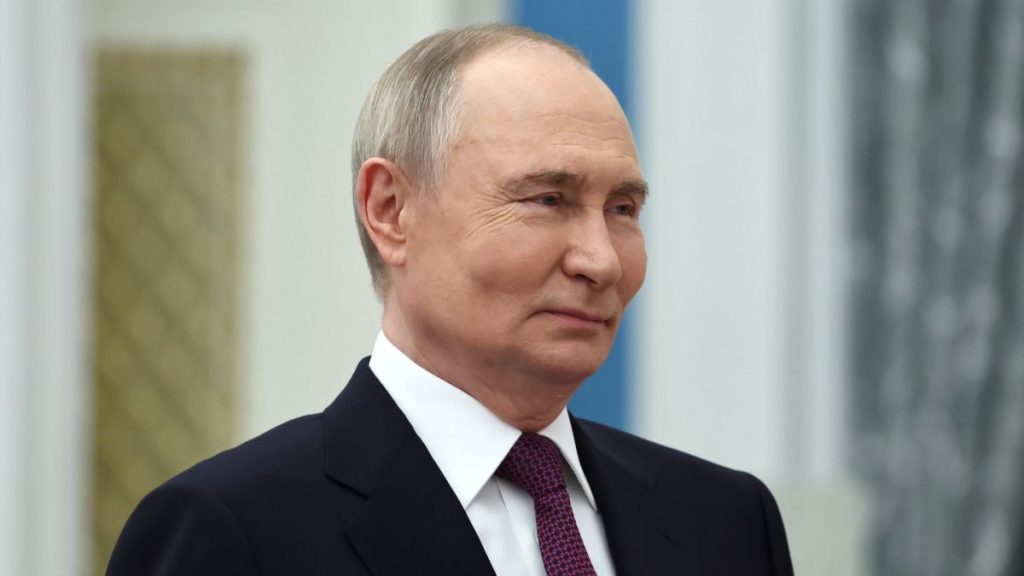The West might have cut ties with Putin, but that doesn’t mean, he’s alone in the World.
Others are reading now
The West might have cut ties with Putin, but that doesn’t mean, he’s alone in the World.
Putin steps out of isolation
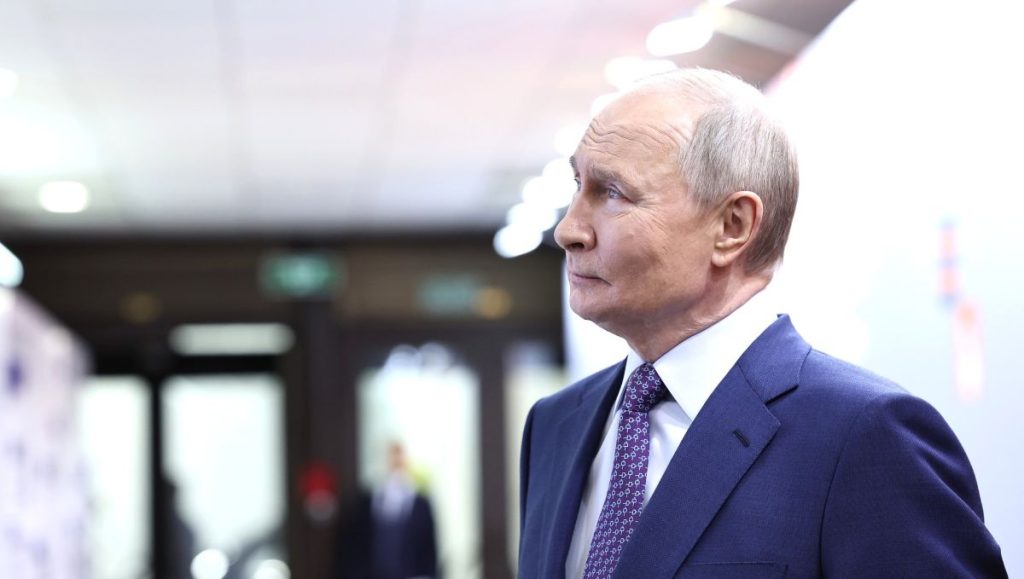
After three years in diplomatic limbo, Vladimir Putin was back on the world stage on September 1, when he stood beside Chinese President Xi Jinping and India’s Prime Minister Narendra Modi at the Shanghai Cooperation Organization (SCO) summit in Tianjin.
Joining Xi’s “new world order”
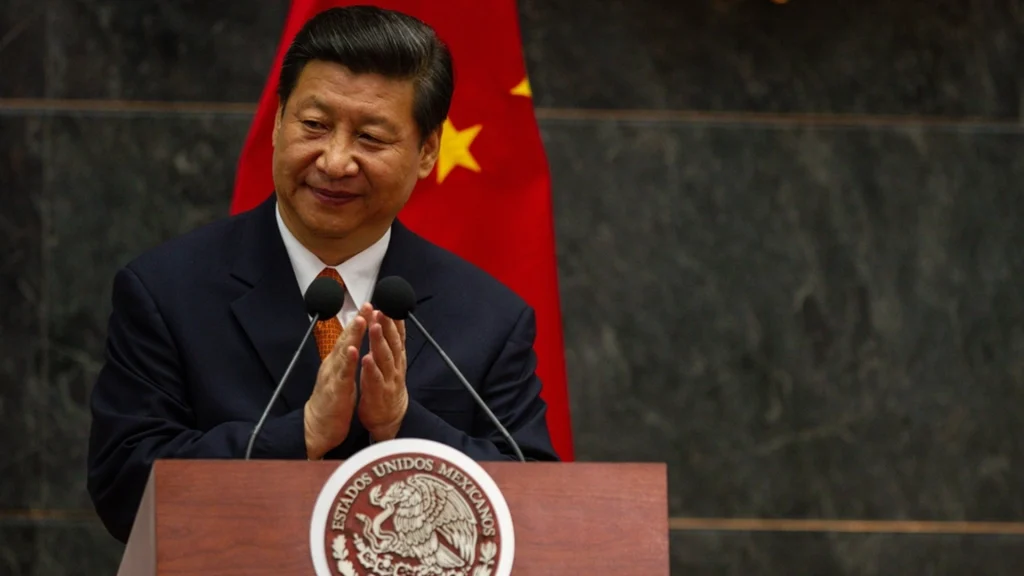
Xi’s call for a “new world order” and rejection of “hegemonism” signaled a changing geopolitical tide.
It marked a dramatic shift from 2023, when Putin was ridiculed for seeking help from North Korea, a symbol of Russia’s deepening isolation following the 2022 Ukraine invasion.
Noone is completely isolated
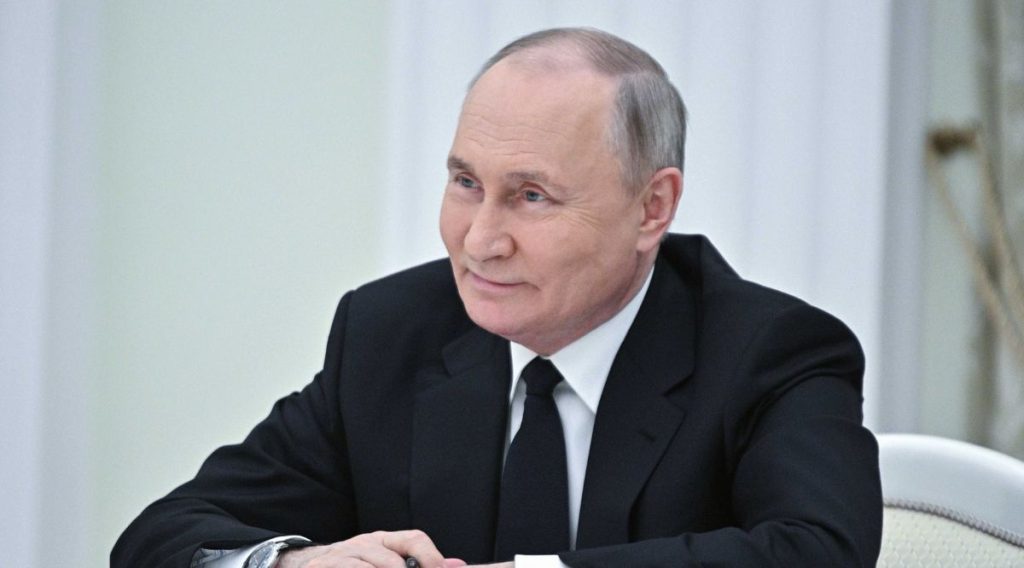
While most of the countries in the Western World has cut ties with Russia, Putin still has friends in other places.
Also read
So let’s have a look at who they are in 2025.
Belarus
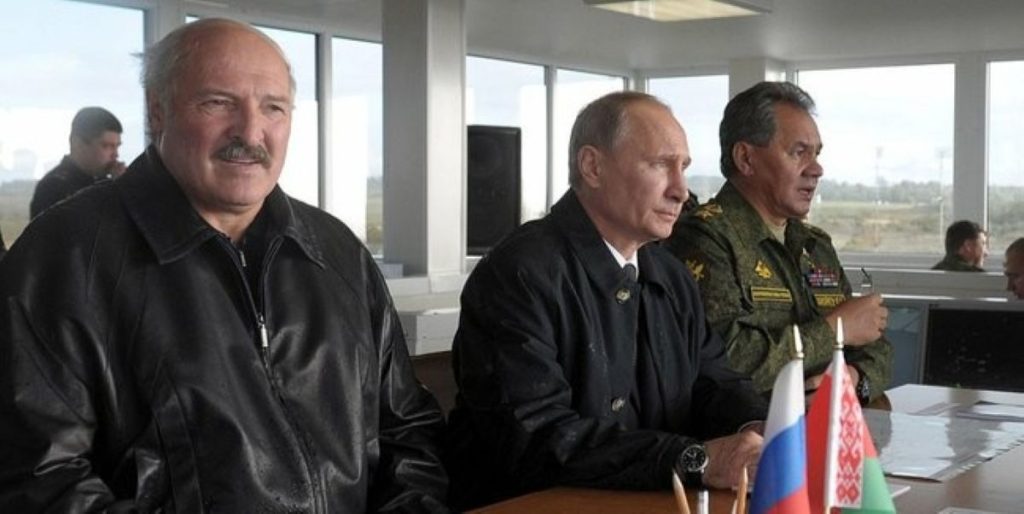
Belarus remains Russia’s most loyal European partner.
Bound by a “Union State” since 1999, the country has deep economic and military ties with Moscow.
After propping up President Lukashenko during the 2020 protests, Russia cemented its influence.
Moscow’s military launchpad

In the Ukraine war, Belarus allowed Russian troops to invade from its territory and continues to host military assets.
Also read
By 2025, economic growth had stalled at 2.1% while inflation hit 7.3%, showing how reliant Belarus has become on Russian trade and energy.
Iran
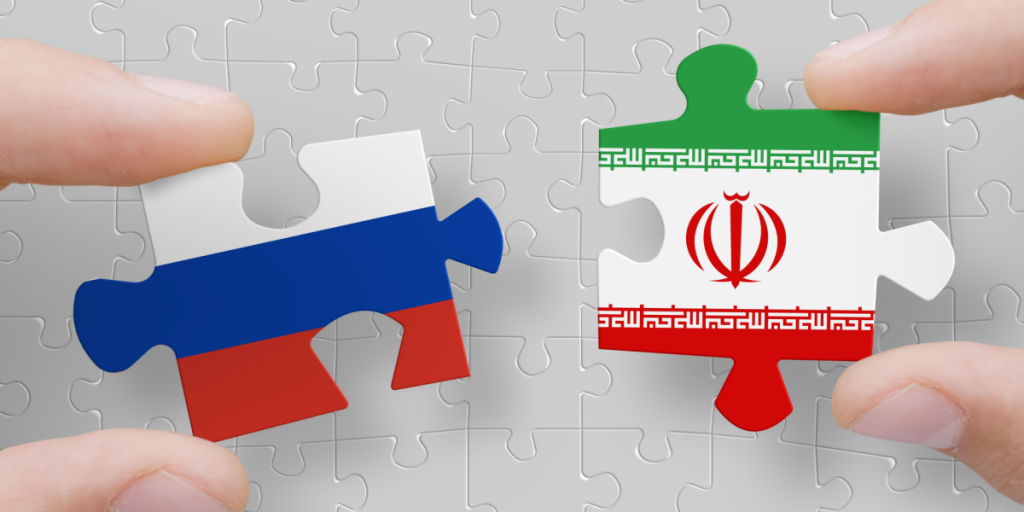
Russia and Iran have transformed a pragmatic alliance into a deep strategic partnership.
After Russia’s full-scale invasion of Ukraine, Iran supplied drones and short-range missiles, while Moscow provided military tech in return.
Strategic partner
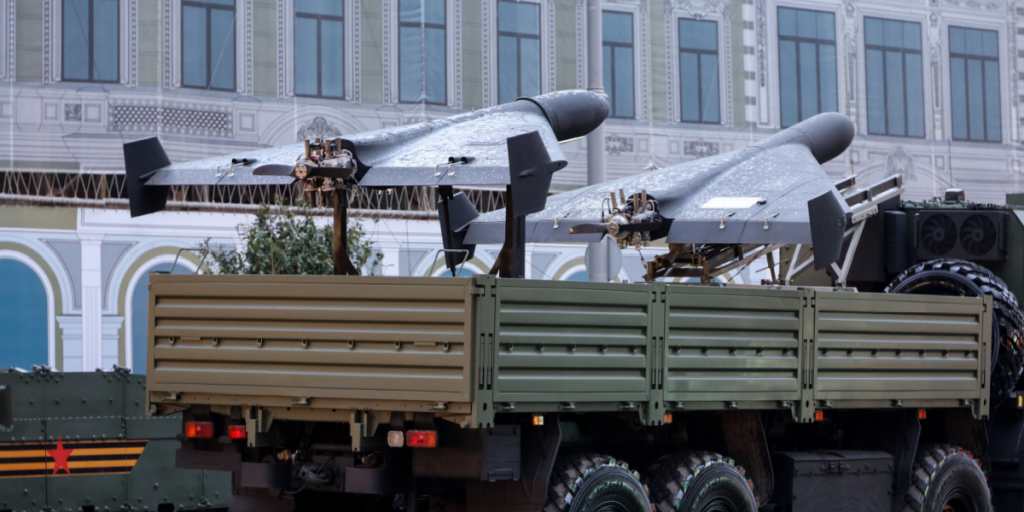
Their 2025 formal treaty expanded cooperation into nuclear energy and infrastructure.
Iranian-made Shahed drones formed the blueprint for Russia’s own models.
Also read
Trade surged as Iran helped Moscow bypass sanctions, making the duo a formidable anti-Western bloc.
North Korea
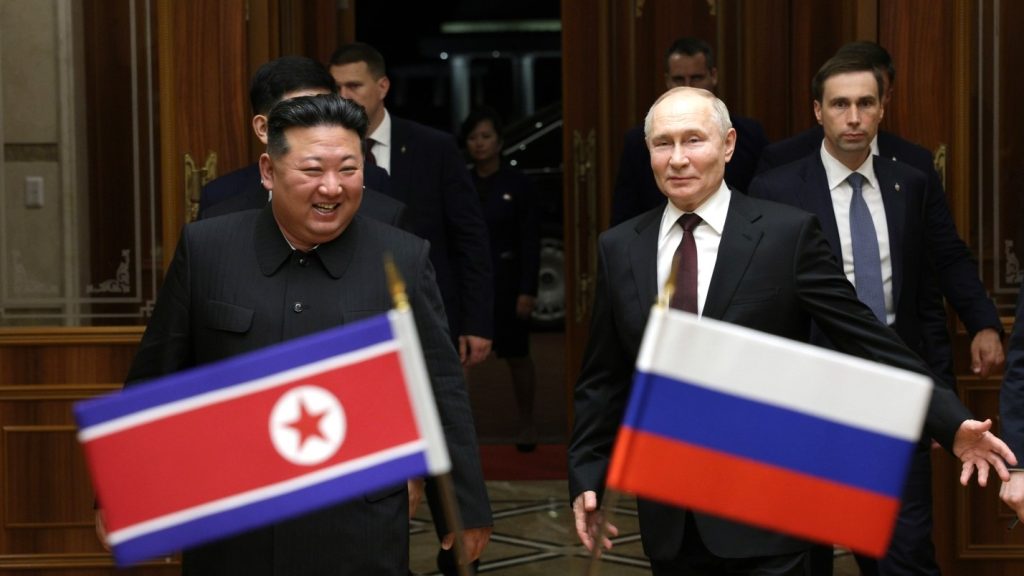
North Korea’s role in Russia’s war effort has become critical. The two nations signed a mutual defense treaty in 2024, reviving Cold War-era commitments.
Soon after, up to 12,000 North Korean troops reportedly arrived in Russia’s Kursk region.
Military partner

Pyongyang has supplied more than 12 million artillery shells and over 100 ballistic missiles—contributing around 40% of Russia’s ammunition needs.
Another 25,000–30,000 North Korean troops are reportedly being prepped for deployment.
Also read
China
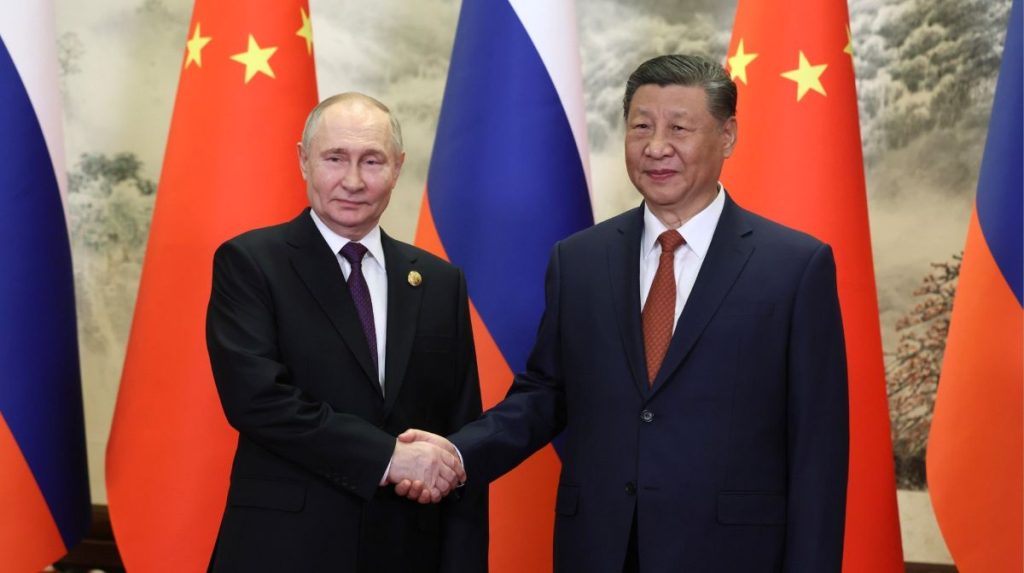
Though claiming neutrality, China has quietly become essential to Russia’s war machine
Bilateral trade exceeded $200 billion in 2023 and continues to grow.
Joint military drills, shared infrastructure projects, and Chinese materials like gunpowder and dual-use goods support Russia’s defense sector.
From rivals to allies
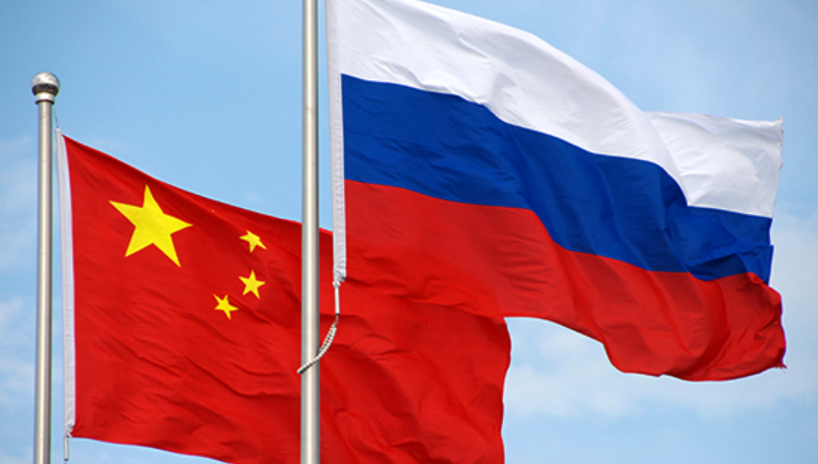
U.S. sanctions targeting China’s involvement were dismissed by Beijing.
Meanwhile, reports suggest over 160 Chinese nationals are serving in Russia’s military, and Xi Jinping’s warm ties with Putin were on full display at the SCO summit.
Also read
India
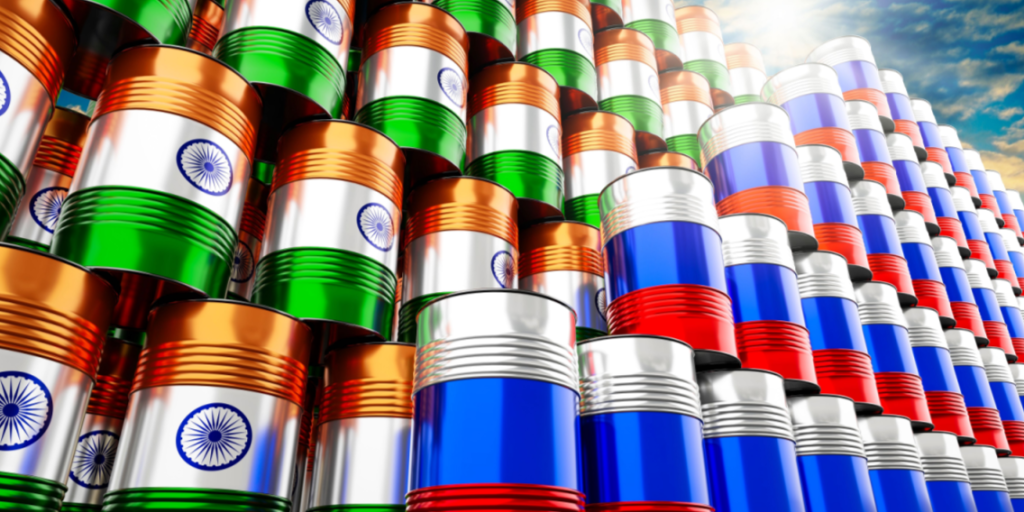
India’s relationship with Russia is complex but economically vital.
Since 2022, India has ramped up purchases of discounted Russian oil, ignoring Western pressure. Russia remains India’s top arms supplier, and their energy cooperation is at an all-time high.
A strategic balancer
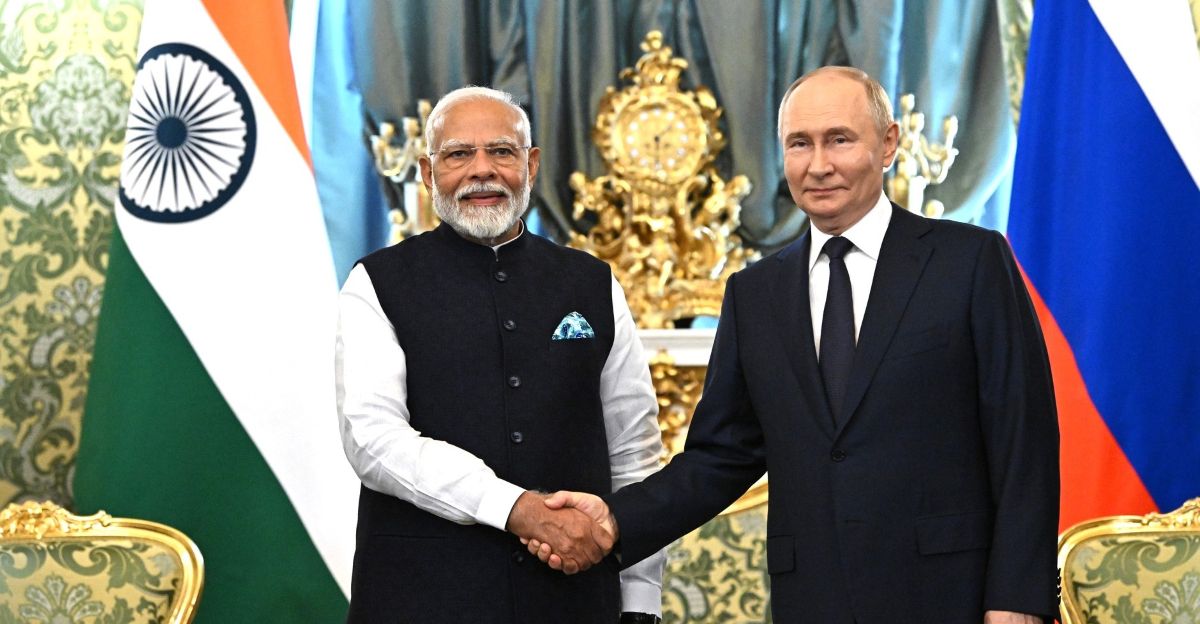
While India has avoided publicly supporting the invasion, Ukrainian intelligence traced a drone part back to India—highlighting indirect involvement.
Modi declined Putin’s parade invite in May, but the SCO summit photos of him holding hands with Putin suggest a thaw.
Syria
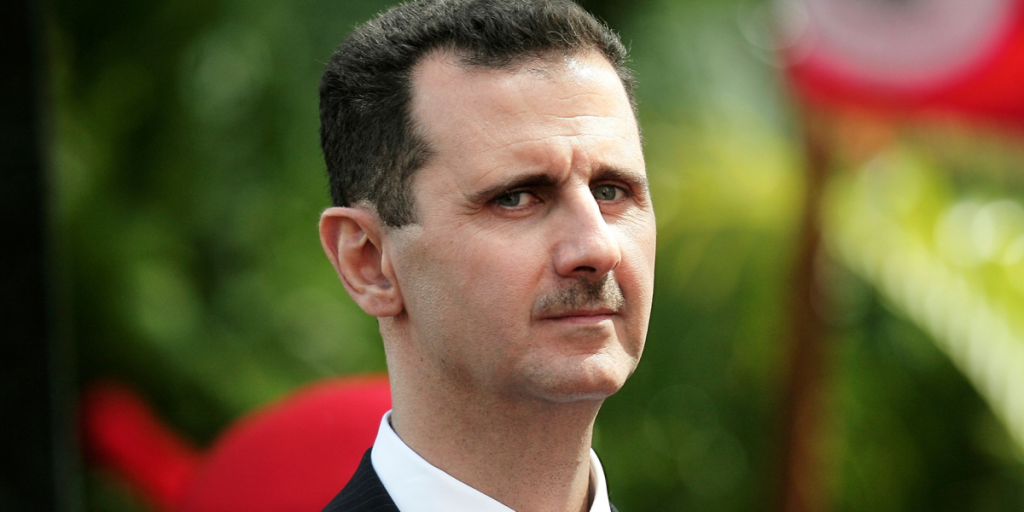
Russia’s foothold in Syria is under threat following the collapse of Bashar al-Assad’s regime in 2024.
Also read
With Russia distracted by Ukraine, it pulled back support, prompting Assad’s flight to Moscow.
A shift away from Moscow after Assad

Syria’s new leadership is cautiously pivoting westward, printing currency in Germany and the UAE, and accepting Ukrainian humanitarian aid.
While military cooperation hasn’t ended, Damascus appears to be distancing itself from the Kremlin.
Assad’s exile marks a symbolic blow to Russia’s Middle East strategy.
Hungary and Slovakia
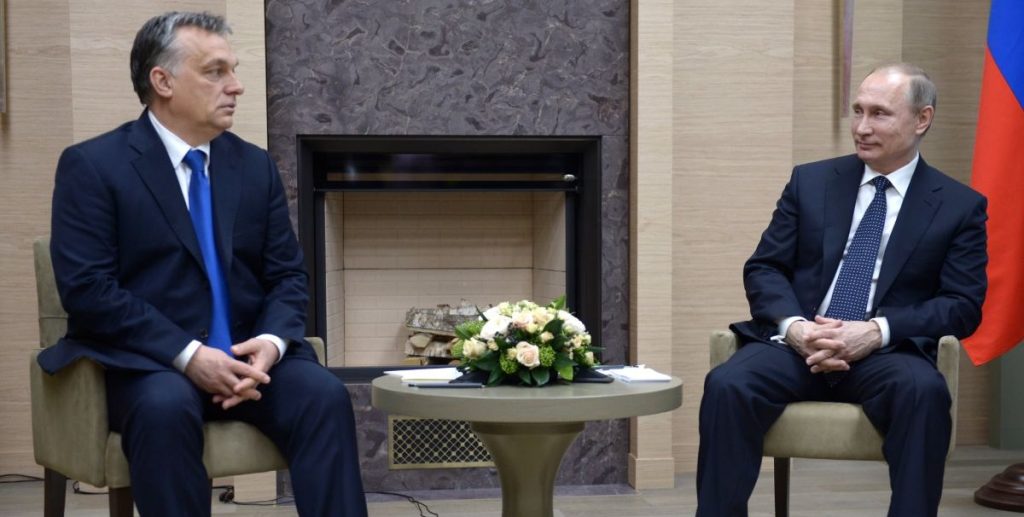
Hungarian Prime Minister Viktor Orban and Slovakia’s Robert Fico have emerged as key voices opposing EU consensus on Ukraine.
Also read
Orban blocked sanctions and described Ukraine as a buffer zone, while Fico halted aid and embraced Kremlin narratives.
Kremlin-friendly EU members
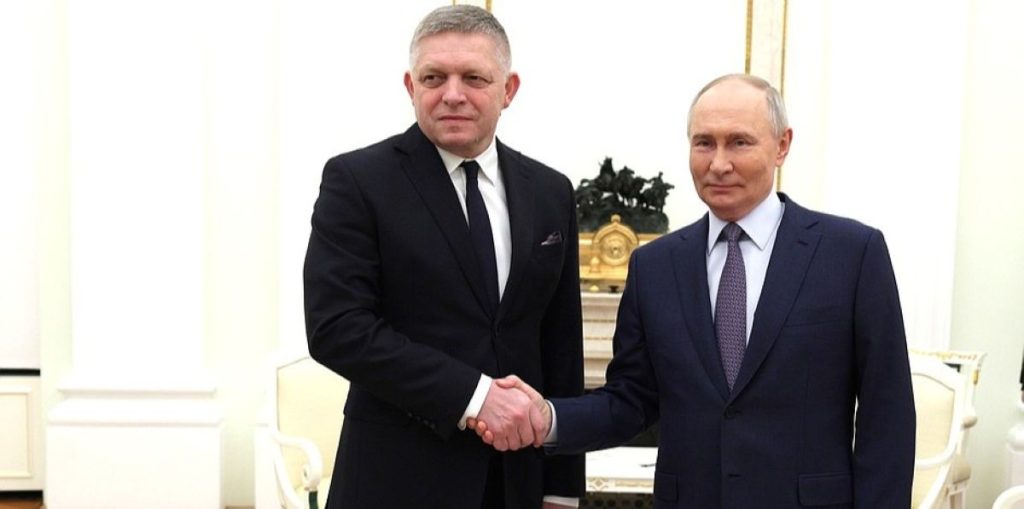
Both leaders undermined Brussels’ unity, with Orban pushing for an EU-Russia summit and Fico becoming the first EU leader to appear on Russian state TV.
Intelligence leaks also revealed Hungary spying on Ukrainian diplomats, deepening mistrust.
Turkey
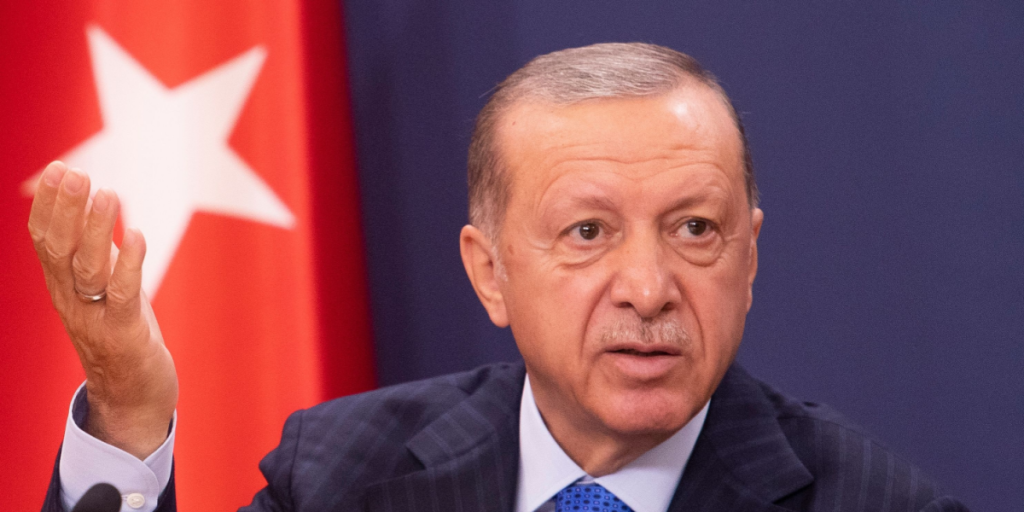
Turkey has walked a diplomatic tightrope.
While arming Ukraine with drones and helping broker grain deals, it’s also expanded trade and tourism with Russia.
Also read
Ankara has refused to join Western sanctions and hosted key peace talks, even as it reaffirmed NATO commitments.
Between East and West
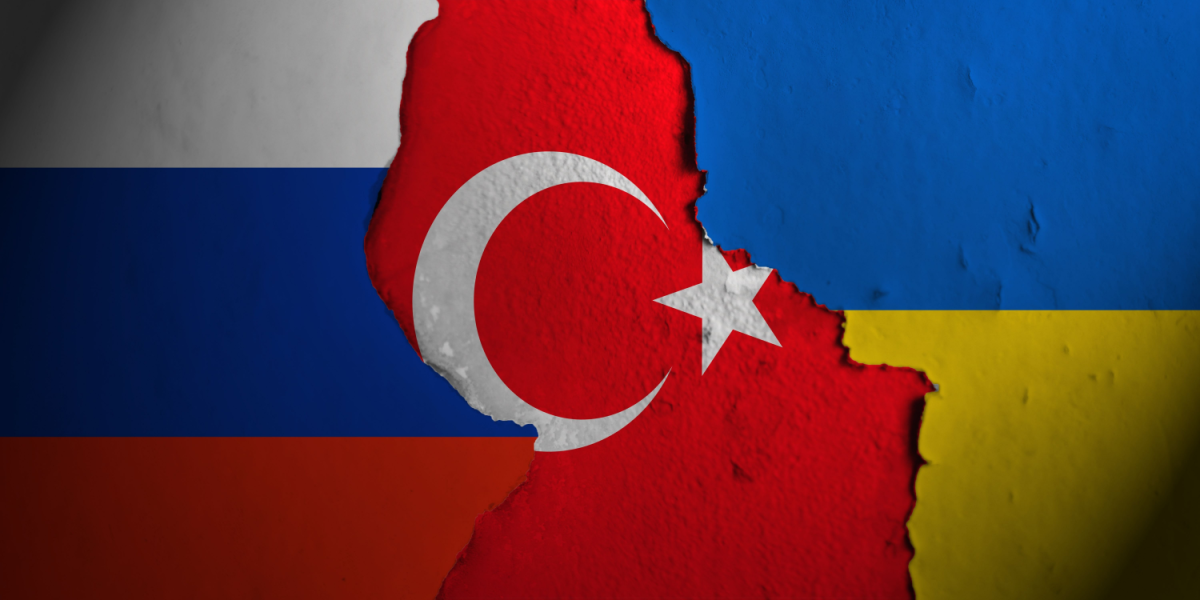
President Erdogan’s call with Zelensky before the Trump-Putin summit emphasized Turkey’s demand that Ukraine be included in any future negotiations.
Turkey’s role as a mediator remains pivotal—but its economic ties with Moscow continue to deepen.

